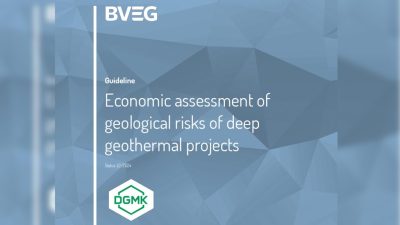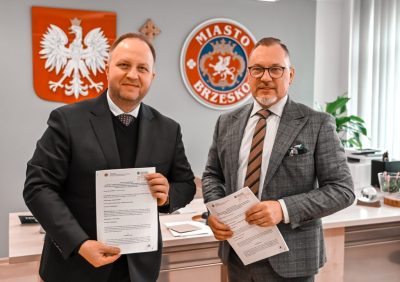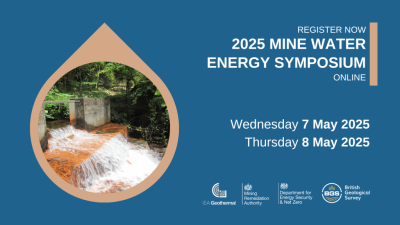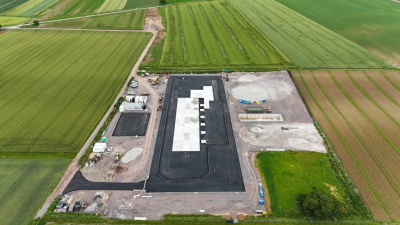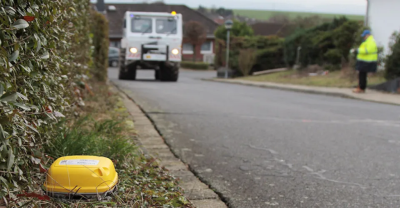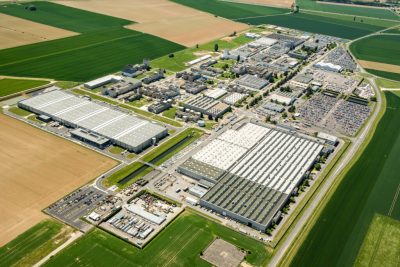Green energy provides great economic growth opportunity for Iceland
A new report by consultancy McKinsey describes the great potential of Iceland's hydro and geothermal energy resources for economic growth and highlights the opportunity an electricity interconnector to the UK could provide to GDP growth.
A new report by consultancy McKinsey published recently describes as “green energy being the key to growth for the country of Iceland”.
After the financial collapse of 2008, austerity measures and continued capital controls, Iceland remains on shaky grounds economically. With the financial market being a key driver of growth until the collapse, the country needs to find ways to create economic growth elsewhere.
While tourism has increased and continues to grow, it does not provide sufficient economic growth, particularly with the ongoing crisis in the Euro zone. The energy market has in the past helped the country to diversify its economy from a primarily fish/ seafood based economy, but there has been a stand still in the past 4 years mainly due to the financial crisis, but also the inability of the political system to determine where the country wants to go with its resources and the gained know-how and experience.
While parts of the government talk about the need for the export of its know-how in geothermal energy, it requires some activity within the country. But there is the problem there simply is no consensus and much needed decisions on energy policy and in particular the ill-managed process of the Master Plan for hydro and geothermal energy resources in Iceland have been holding things back.
Essentially the Master Plan, was a process that started in 1999 and ended in 2010 with a consensus based evaluation, report and recommendations by a wide group of experts, including environmentalists, politicians, energy developers, energy companies, local communities, the travel industry and more. I think I am not the only one who thinks that this has been a great process and could serve as a role model for many other countries.
Well, so the theory, in reality the results of the report are now being taken apart by politicians that believe that the consensus approach of the report didn’t get the results they were looking for. Very sad story.
Another story is the energy policy of the country. There is continuing debate on what is the best way for Iceland forward. Attracting more heavy industry electricity offtakers to the country, creating jobs and tax income or look for ways of gain more income by actually exporting electricity via a subsea cable to Scotland.
The latter has been discussed for years, but seems to be now more realistic than ever. The National Power Company (Landsvirkjun) at least concretely evaluates the option and proposes it as option for the Icelandic energy market forward. This way electricity could be sold at a higher price than it currently gained by selling it to e.g. aluminum smelters in Iceland.
The McKinsey report now sees the natural resources (here geothermal) as a great element of the country’s growth strategy.
The electricity interconnector to Europe “would enable Iceland to increase ‘resource rents’ or excess profits -that if reaps from its abundent supplies of hydropower and geothermal energy”, so McKinsey.
The incredible numbers mentioned are stunning. Currently the country only derives about 1 percent of GDP from its “resource rent from low-cost energy”, while it could be up to 5 percent of GDP with an interconnector. Norway derives around 6 percent of GDP from the resource rent from its oil fields.
McKinsey, in its report, estimates that by 2020 the price Iceland could offer would be $77 per MWh (EUR 60) cheaper than offshore wind power, a benefit that could be shared with potential cable partners.
The report highlights the fact that in order to utilize this opportunity the country “should act swiftly to substantiate and eventually realise this potential, .. delay will invite competition from other renewable energy technologies”.
The last few years clearly have seen a strong delay in development and essentially a complete still stand, resulting in a challenging situation for Icelandic companies active in the geothermal space. The result is that most of them are now working primarily internationally and also are faced with many well experienced individuals have actually left the industry as well as the country.
There are promising signs now. With projects in the North of Iceland (Bjarnarflag and Theistareykir), and the extension of Reykjanes in the South, Landsvirkjun and HS Orka have started important development that will help remain work for Icelandic geothermal experts in the country. But it is crucial that there will be an end to the ongoing discussion of the General Master Plan and things are cleared up with regards to the direction of the country in matters relating to the energy market and development in Iceland. Clearly it would be an advantage, environmentally if one could export electricity instead of building plants and plants of heavy industries in Iceland. But – and this is clearly highlighted by McKinsey – the country needs to move fast otherwise it will loose its edge and competitive advantage. With the delay of the past few years, Iceland has no time to loose.
Source: Reuters









